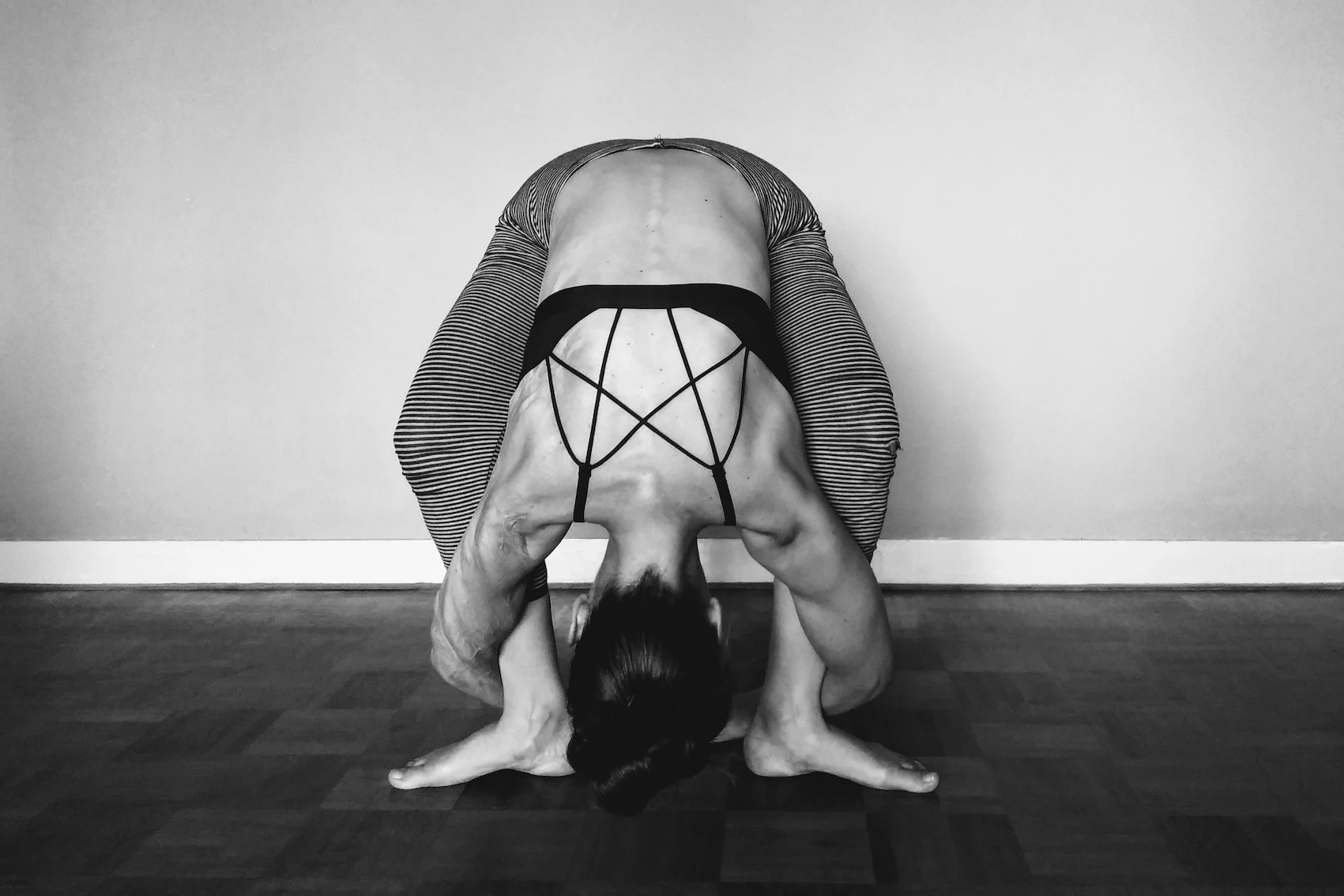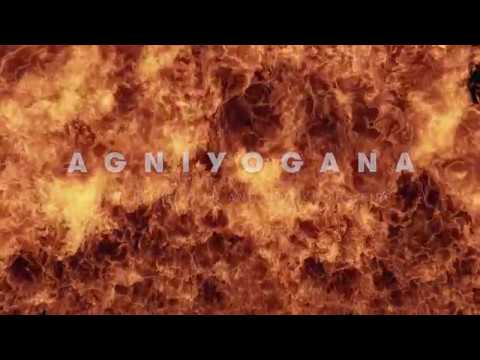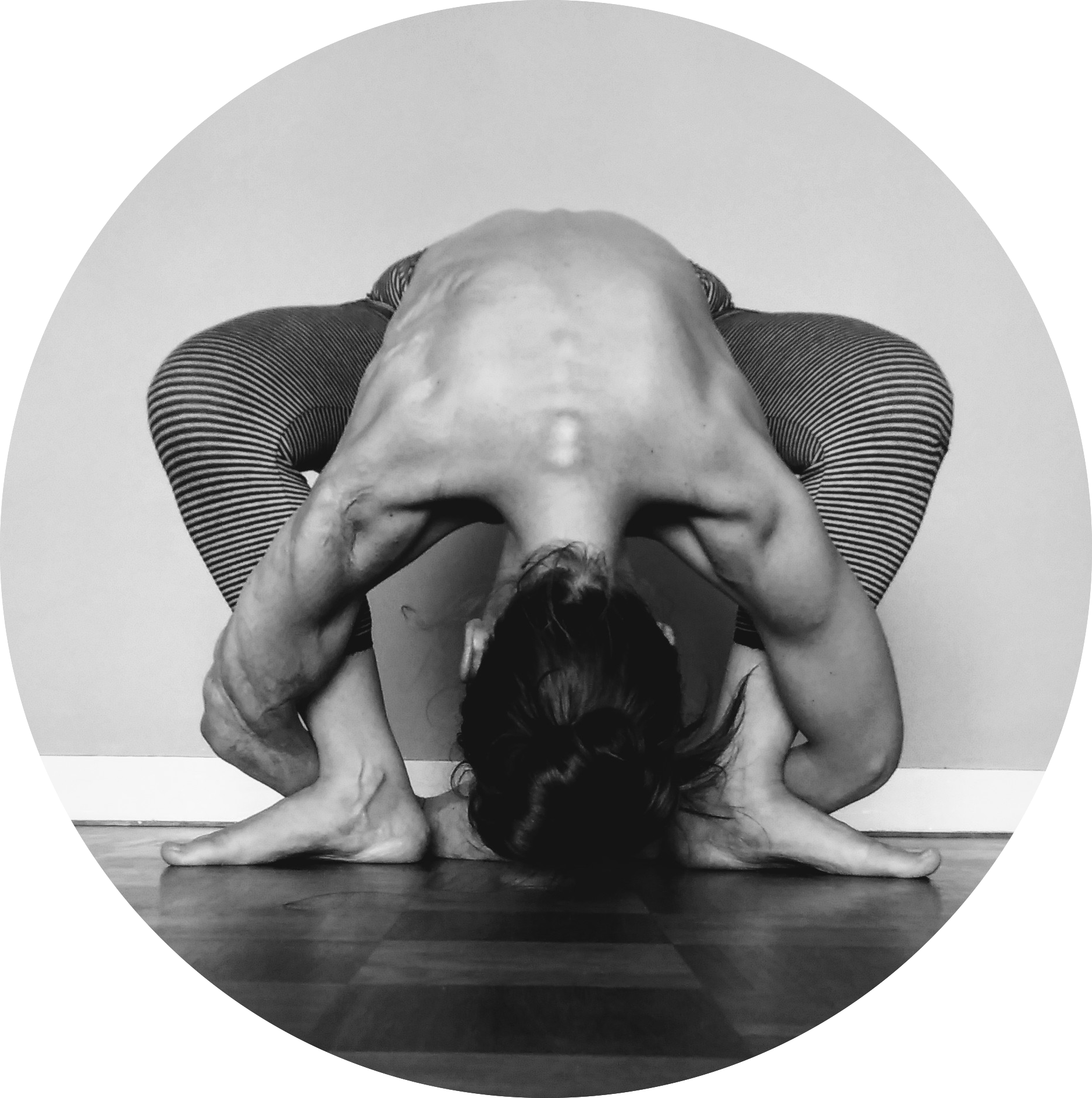shadow yoga

Shadow Yoga introduces an approach to yoga that is deeply rooted in the traditional principles of Haṭha Yoga, following the tradition of the Nath Yogis of Nepal. This 'style' of yoga does not focus on one aspect of yoga, as is often the case in modern yoga practices (dynamic Ashtanga style, meditative Yin, Vinyasa 'flow', Kundalini...), but integrates all yoga aspects. The introduction to the practice is a slowly built-up sequence of simple movements followed by a dynamic standing practice - sometimes reminiscent of Eastern martial arts, Tai-chi or Indian dance - and ending with a seated activity. This sequence remains basically the same, while the complexity increases as the elements are mastered. The order gradually prepares the physical and energetic structure for a deepened and centralised (external and internal) cultivation. At a later stage mudras, mantras and other elements of advanced practice are introduced.
The re-introduction of seemingly simple preparatory activities is important because of their effectiveness in removing blockages from the body before the asanas are introduced. These activities are common to many Eastern practices of physical and energetic cultivation and protect the practitioner from setbacks and injuries that can occur due to body stiffness, age, health problems, lack of body awareness or inappropriate mental attitude. In addition to stabilising the mind, they trigger the responsiveness of the body's tissues, activate the functioning of the joints and strengthen the tone of the muscular-skeletal system.
Another quality of Shadow Yoga is the (re)introduction and integration of the understanding of marmas (energy points on the body, also used in Āyurveda), nadis (energy circulations in the body) and vāyus or body 'winds' in the practice.
All of the above is essential for the establishment of an unrestricted flow of our life-force (prāṇa) and for the practice to bear fruit. A good, focused and dedicated practice leads a person to develop a spontaneous (free-style) manner of practice, which allows the practitioner to adapt his activity to daily, seasonal and planetary challenges and changes. The path to get there requires a good measure of patience, perseverance and self-observation.
The practice relies on the use of yogic props only as much as is strictly necessary and focuses on addressing challenges with the correct sequence of elements and a well chosen measure of intensity. With time the aforementioned inner intelligence awakens, which develops in a person the sensitivity to adapt the practice to his or her needs and abilities.
sadhana

Preparatory activities (vyayama's) are introduced in the form of joint rotations, various forms of squats, (semi-)seated postures and three so-called 'preludes': Bālakrama (Stepping into Strength), Chaya Yoddhā Sanchalanam (Churning of the Shadow Warrior) and Kārttikeya Maṇḍalam (Garland of Light). These activities mainly cultivate strength and stability at the physical level (annamaya kośa), while the coordination with the breath prepares receptivity and responsiveness at the level of the subtle life energy (prāṇamaya kośa).
This is followed by the introduction of Nṛtta Sadhana, Ānanda Tāṇḍava (Shiva's dance), and Āsana Aṅgahāra (asana sequence) where the so-called causal body is cultivated (manomaya kośa). When the body, breath and mind are ready, Mantra Sādhana, Mudras and Prāṇayama are introduced.
Parts of the preparatory activities at times resemble Tai-chi, (Shaolin) Kung-Fu and other Eastern martial arts, as throughout history many of these practices have borrowed elements and learned from each other. Karaṇas are an integral part of Indian dances, but only certain ones are relevant to yogic activity. Regardless of the apparent mix of elements, the advice of the masters is that - when you find a practice and a teacher that resonate with you - follow one and do not mix elements of different practices. Each practice has its own specific wisdom and logic in the build-up of the activity and the sequence of cultivation.
More information on www.shadowyoga.com.
inspiration
Agniyogana. Lower the Head and Invoke the Fire - a wonderful documentary film of Emma Balnaves, co-founder of Shadow yoga




